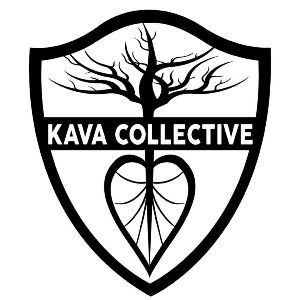About
Kava Collective
What Is Kava?
Kava (Latin name Piper Methysticum) is a non-addictive medicinal South Pacific plant species belonging to the pepper family. The plant – also known as asava pepper or intoxicating pepper – can grow to an average height of six feet, with heart-shaped leaves that stretch 10 inches wide.
For centuries, Pacific Islanders have used kava as a medicinal plant because of its sedative, anesthetic, euphoriant, and psychotropic properties. (In other words: It can calm you down and make you feel good.) The herb has been used to treat everything from migraines and insomnia to infections and rheumatism. In some cultures, kava is used for religious and cultural traditions, including weddings, political events, funerals, and royal events.
In addition to its ceremonial uses, kava is best known for its relaxing qualities. Kava is said to elevate mood, well-being, and contentment and produce a feeling of relaxation. Several studies have found that kava may be useful in the treatment of anxiety, insomnia, and related nervous disorders.
To learn more, contact Kava Collective today.
About
Year Established
Products
Services
Specialties
Associations
Brands
Pickup and Delivery
Payment Options
- American Express
- Apple Pay
- Cash
- Discover
- MasterCard
- Visa
Languages
- English
Good to Know
Payments
- Debit cards


Share On: